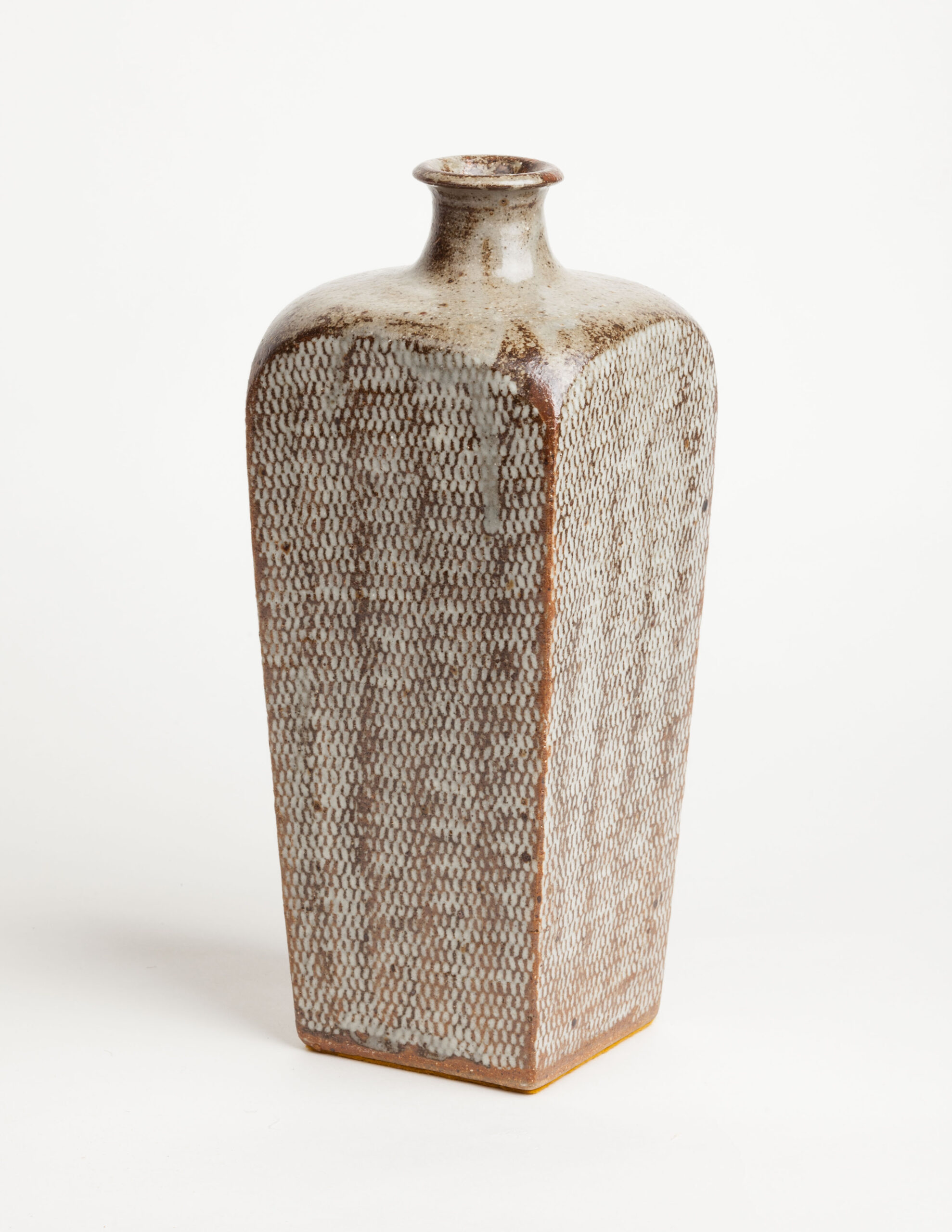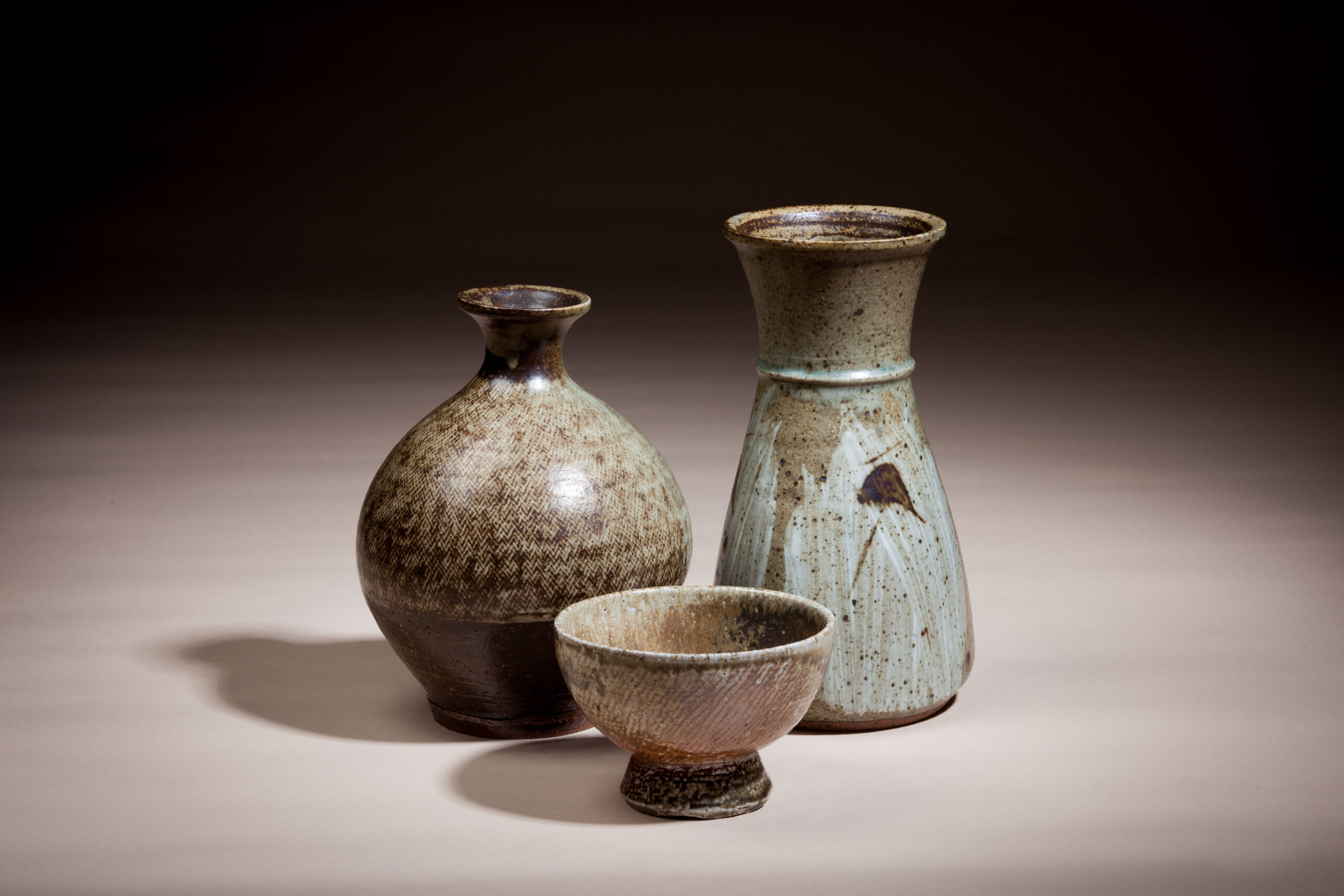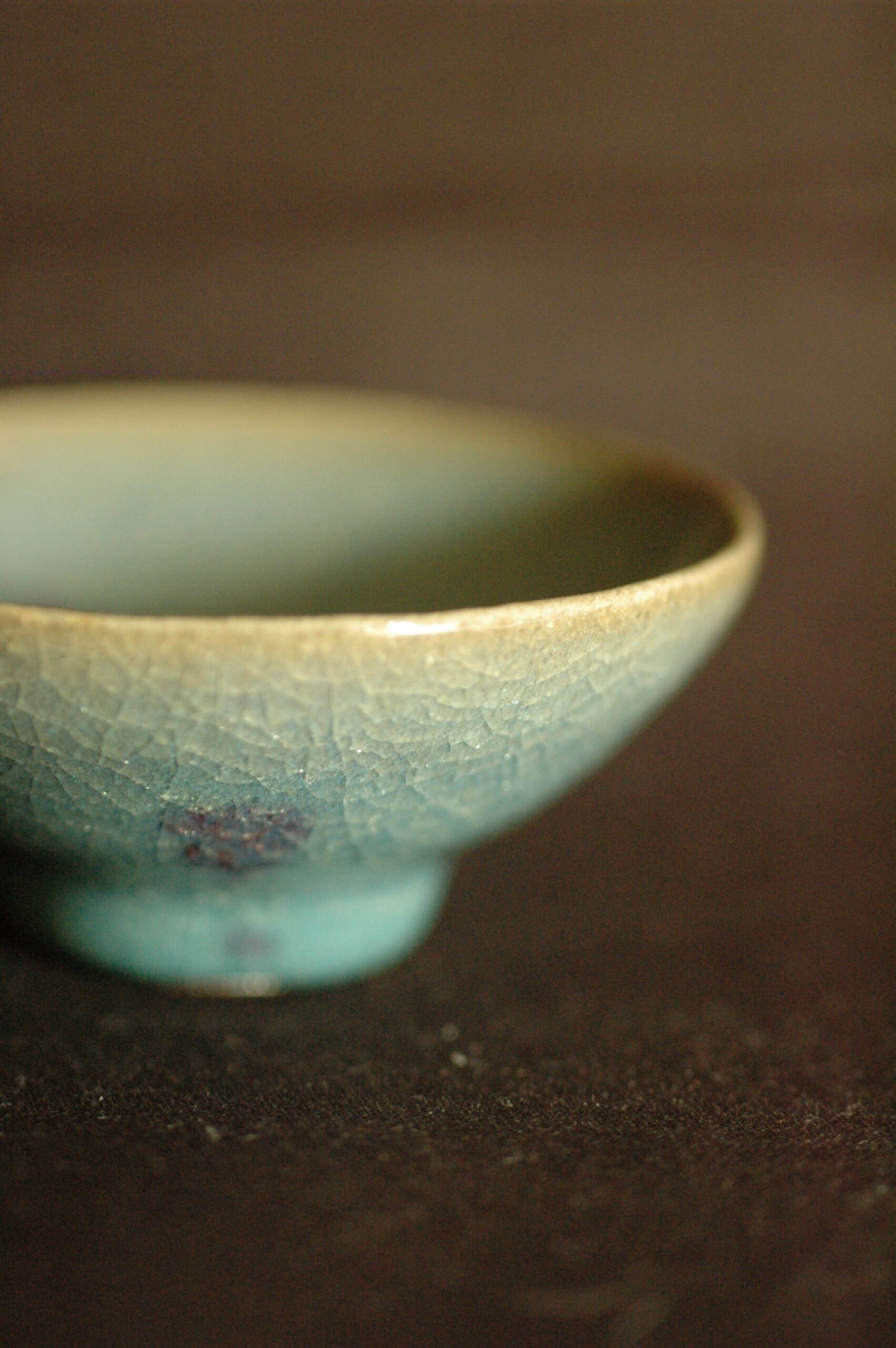
Portland Japanese Garden is proud to present a solo exhibition of one of Japan’s most beloved ceramic artists, Tatsuzo Shimaoka (1919 -2007). This is the first time that the Garden’s entire collection of Shimaoka’s works is displayed in a single exhibition.
About Tatsuzo Shimaoka
Born into a family with a long lineage in the art of braiding, Shimaoka first encountered the world of mingei, or Japanese folk craft movement, at Japan Folk Craft Museum, where he was deeply captivated by the philosophy as well as utilitarian aesthetics of mingei. So galvanized by the ethos of this art form, he often visited the town of Mashiko, a region known for traditional Japanese pottery. This was where a group of mingei artists, including the internationally acclaimed Shoji Hamada (1894 – 1978), had established their kilns and studios, and Shimaoka eventually became Hamada’s apprentice.

In 1942, Shimaoka was drafted to the army and spent the next three years serving in Southeast Asia before returning to the town of Mashiko to his career in ceramic art. Half a century later, Shimaoka rose swiftly to international prominence, as did his pottery master Hamada, who became one of Japan’s first Living National Treasure* ceramic artists in 1955.
Shimaoka’s signature style, known as Jomon-zogan in Japanese, combines rope-impressed decoration and the white-slip inlay technique used in the Choson Dynasty of Korea.

His unique incorporation of the rope-impressed inlay was also largely informed by his upbringing, where he was surrounded by a myriad of braid art since an early age. Shimaoka’s distinct style coupled with the use of a variety of glazes enhanced the richness of his earthenware. For Shimaoka’s mastery of the Jomon technique of rope-impressed earthenware, he was named a Living National Treasure in 1996.
This exhibition is made possible through a generous donation of Shimaoka’s works by the artist’s daughter, Yoshiko Fudeya.

What Does “Living National Treasure” Mean?
“Living National Treasure” is a Japanese term for those who have mastered their art or craft and therefore help to preserve Japanese cultural heritage. They are designated as a “Living National Treasure” by the Minister of Education, Culture, Sports, Science and Technology (MEXT). This designation is a top honor in Japanese culture and seen as the pinnacle of one’s career.